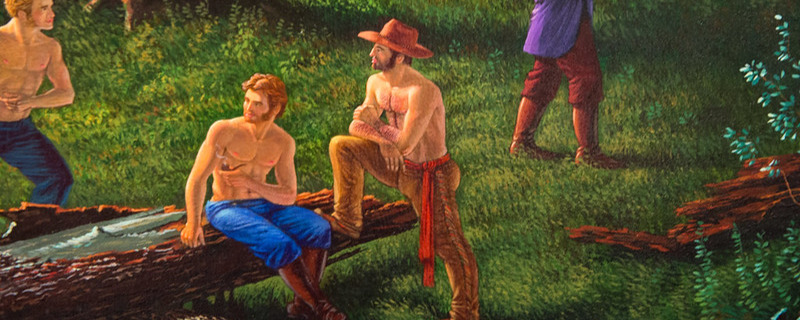1608–1760: New France

Whether it was warfare or disease or both is unclear, but when the next wave of French explorers arrived, in the form of Samuel de Champlain in 1603, Hochelaga had already disappeared. He returned to found a city in 1611, at Pointe-à-Callière, naming the settlement Place Royale.
This was an era of Franciscan and Jesuit missionaries; voyageurs (trappers) and fur traders and it wasn’t until 1642 under Paul de Chomedey de Maisonneuve, that colonization began in earnest with fifty settlers in the now-renamed colony of Ville-Marie. It was a precarious era of regular floods and ambushes by local Iroquois who were allied with first the Dutch and then the British.
It wasn’t until 1663, when a royal decree created the royal province of Quebec that troops arrived in the sort of numbers that ensured (the now-renamed) Montreal’s safety. The La Grande Paix, the major 1701 peace treaty of between the French and 39 Indian nations was a big help too. But the British remained as a threat and after several years of fighting took over the colony of New France and Montreal in 1760.